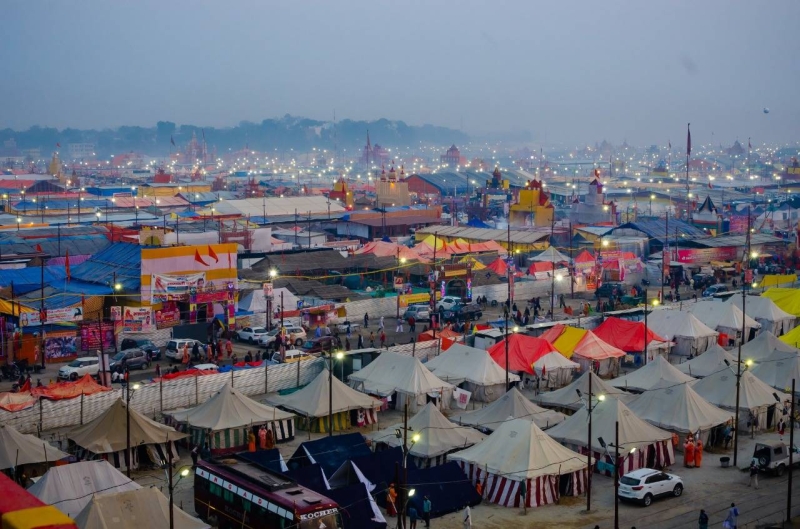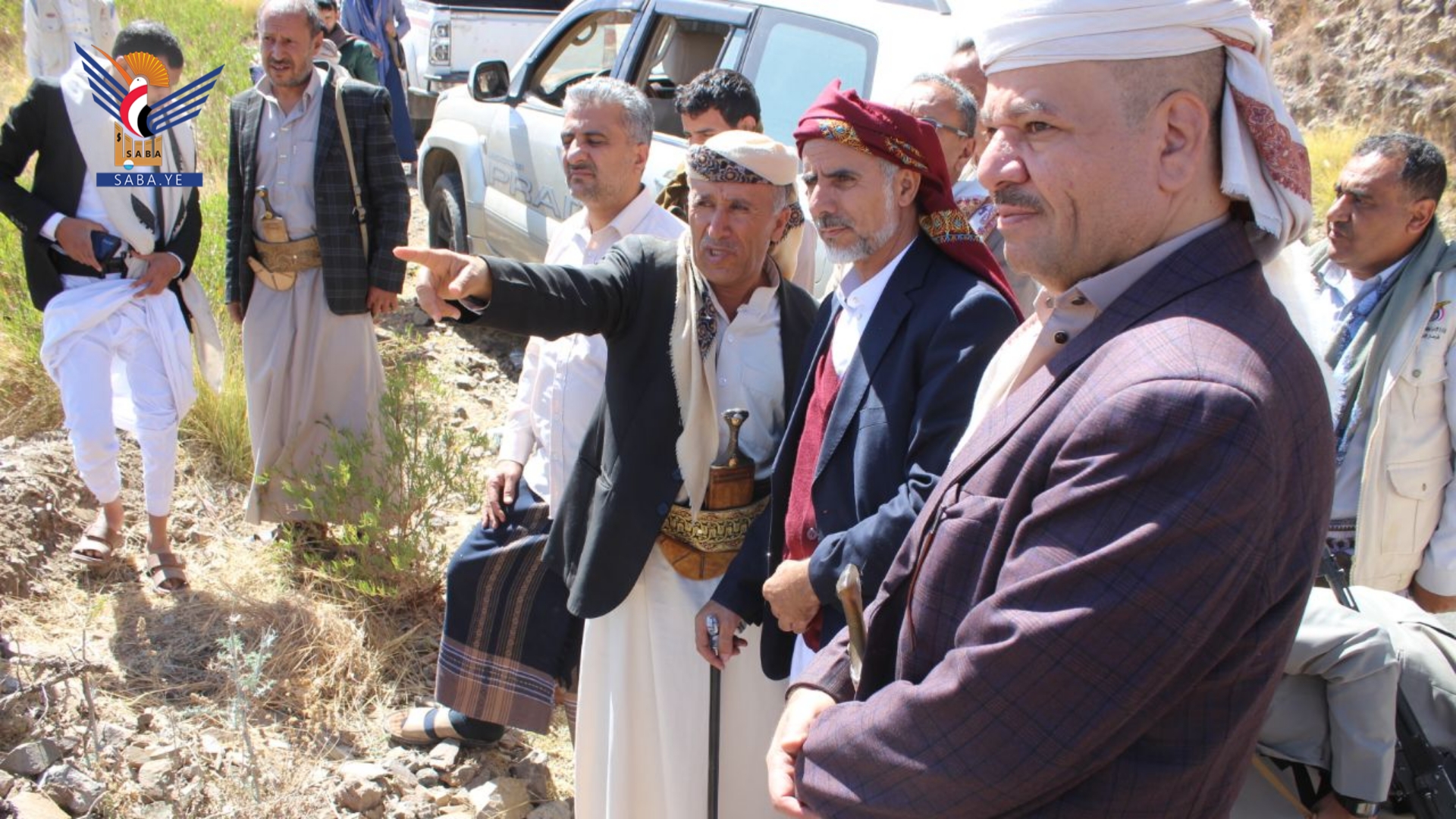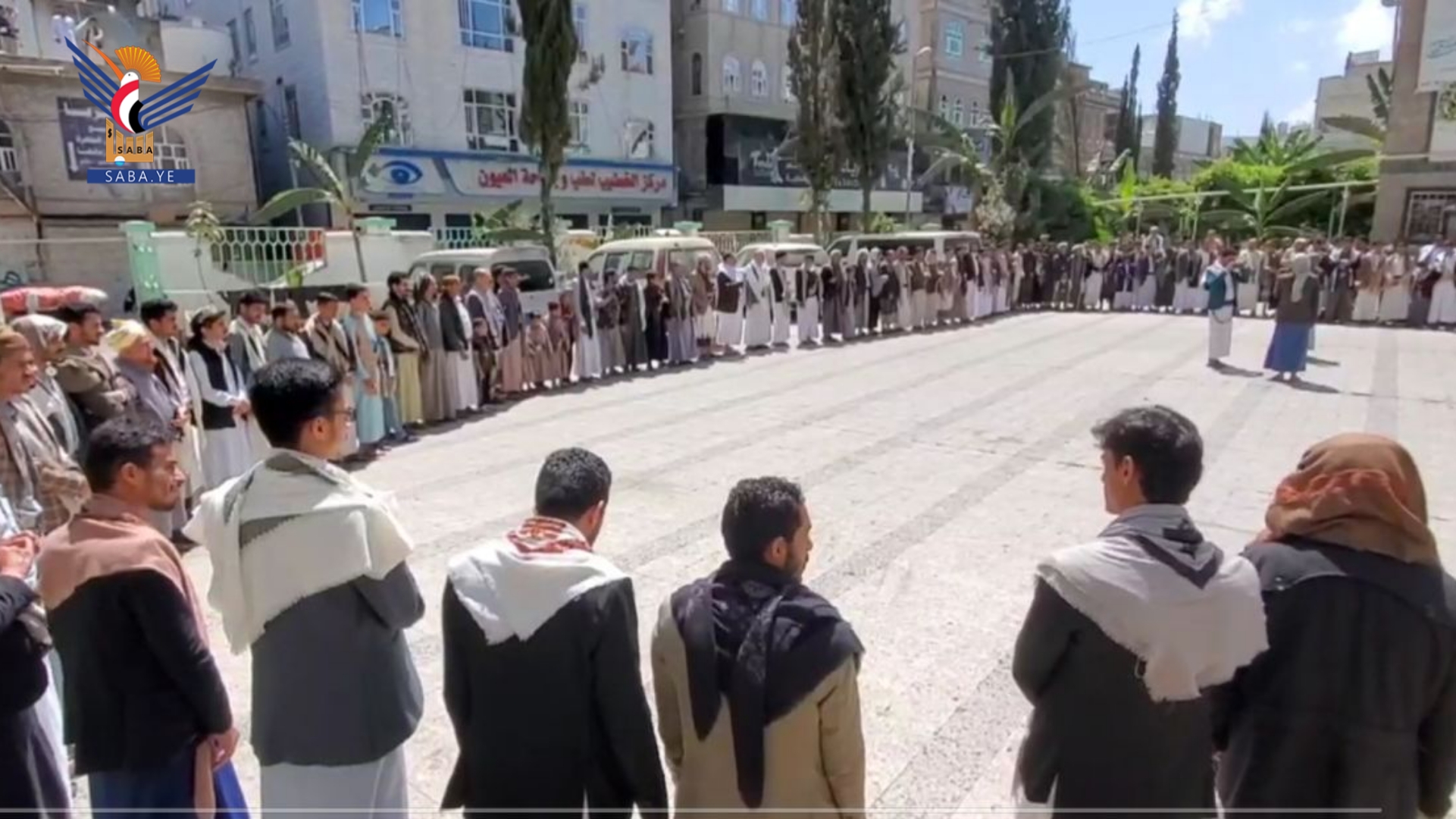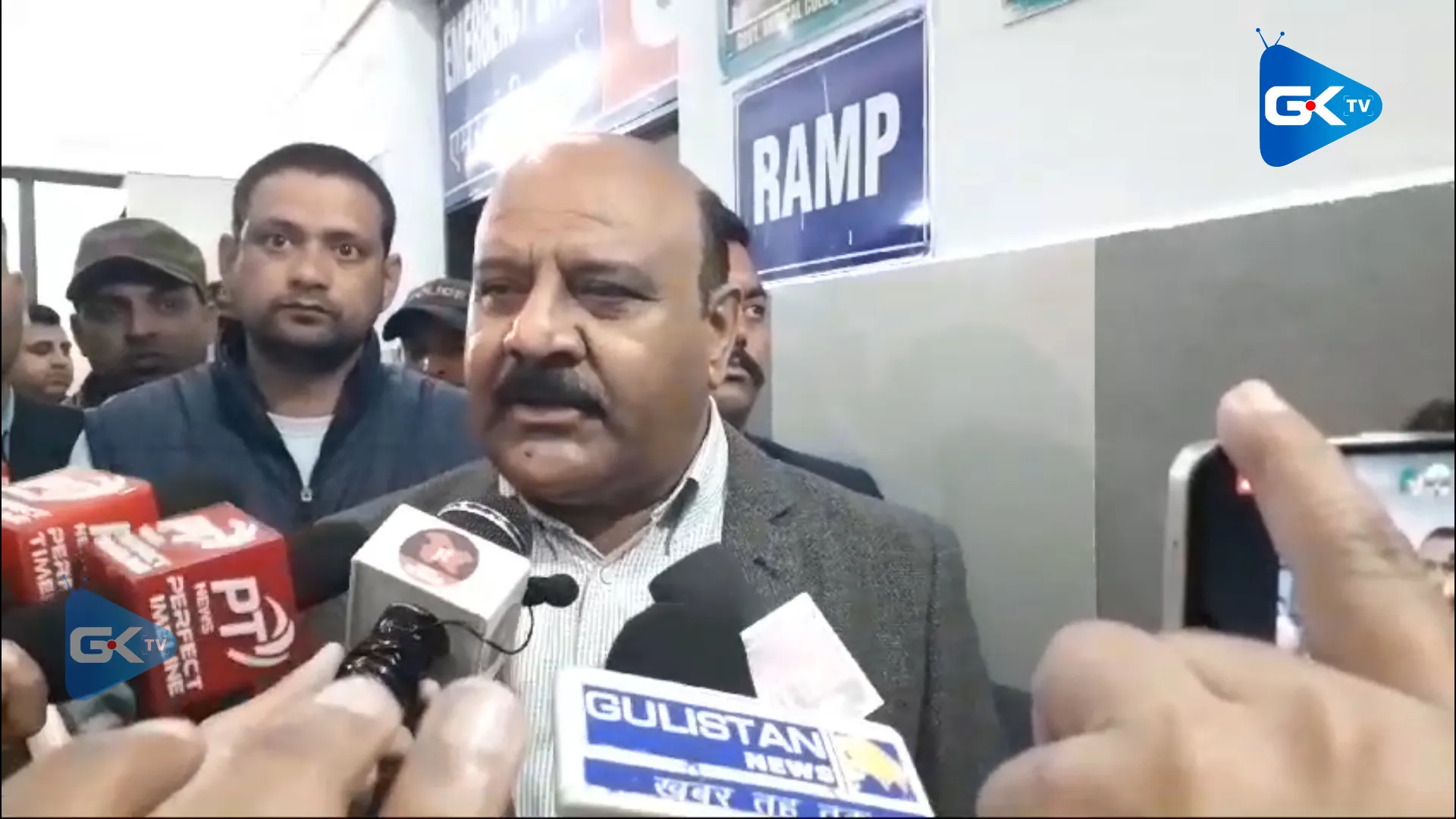
Never before in its history had the world witnessed such a large bathing pilgrimage jamboree as it is underway at the moment in Allahabad, the Indian spiritual city, located on the holy confluence of the legendary rivers Ganga, Jamuna and Saraswati, the latter believed to flow underground. So far, 30 crore people, equal to the population of the United States, have already taken a dip during the last fortnight. This fete began on the first day of the month of Magha, 13th of January this year, which will come to a grand end on Shiva Ratri, the day of Shiva Parvati wedding, the February 26.
In a single day on the lunar dark day, also known as the Mauni amabasya, when people observe silence until the bath, 1 crore people are said to have taken a dip in the river. The participation was expected to come down after the stampede that led to the demise of 30 people on Thursday last week, but it did not deter the devotees from taking the plunge. In the past also such tragic events had occurred, the most notable of which were in 1820 and 1954, when 485 and 500 people are said to have died, respectively.

Kumbha means an earthen pitcher, which was used to store nectar that emanated after the churning of the celestial ocean by the Gods and the demons. There was a fierce fight to own it between the two, following which it split, spilling the nectar at four places in India, the confluence of the river trinity, the Ganga, Jamuna and Saraswati, Hari Dwar, Ujjain and Nasik. The Hindus assemble every 6th, 12th and 144th year in the Ardha Kumbha, Kumbha and Maha Kumbha Melas based on the full revolution of the planet Jupiter to take a bath with the belief that it will bring well-being in the future and the purification of any sins unknowingly committed in the past.
In South India, it is held in Kumbakonam, which is also known as the Tamil Kumbha Mela. The other places are Kurukshetra, Sonepat and Panauti, the solitary site in Nepal. Though one can find its mention in the ancient texts such as the Rig, Sam, Atharva and Yajur Ved, the most convincing is in the account of the Chinese traveler Wang Huen Tse made in the year 644, one year after the regime of the Lichhavi King Narendra Dev in Nepal.
Formerly, organised automatically by religious organisations, it became an affair of state in India after 1870 about the time when Junga Bahadur was reigning in Nepal. It has now become the responsibility of the State government with the Uttar Pradesh government handling the show. It spent 7 billion rupees for the preparation of this grand conclave and was under heavy criticism by the opposition parties.
But they have been silenced after it earned three times more due to exponential religious pilgrims pouring to the state from around the globe. It has also been used for social, religious and political purposes in the past following which the decision to set up Benaras Hindu University was taken in 1906. Missionaries used it for the spread of Christianity, and the Biswa Hindu Parishad was formed in 1956.
Nepali pilgrims also visited the Maha Kumbha in large numbers this year in addition to attending in Nepal itself such as Barahachhetra and Panauti in 2022 with myriads of Indian pilgrims as well. It is said that the original Kumbha Mela used to be in Barahachhetra where God took the second incarnation as the boar and rescued the earth from sinking with its incredibly long tusk. It was only later that it moved to Allahabad, and for this they cite large vessels for food preparation found at the site.
Barahachhetra is located at the confluence of the rivers Koshi and Kokaha. Panauti, in turn, is situated at the junction of three rivers, Punyamati, Lilawati also known as Roshi and Rudrawati, now underground like the Saraswati River in Allahabad, and is thus known as Prayag Raj. The water of this tri-junction is considered so holy that Pratap Malla filled his Ranipokhari pond with it which he constructed in 1670 to console his queen after the death of her son.
A half-day seminar was organised last Saturday by Indresvari Campus under the auspices of the University Grants Commission to unearth the history and archaeology of Panauti. Initiated by a native, Dr. Sajan Lal Shyaula, now a senior scientist at the Nepal Academy of Science and Technology(NAST), it was attended by people from different walks of life, such as cultural expert Prof.
Dr. Purushottam Lochan Shrestha, architect and NAST scientist Dr. Tabassum Siddiqui, author of books on Panauti festivals, Surya Prasad Lakoju, priest of the revered Indreshwar Mahadev Ramesh Jungam and the Karmacharya duo Ananda as well as Raja Ram.
At the programme chaired by Tayukahi Tamrakar, the author of several booklets on Panauti, and graced by this columnist as the chief guest, Campus Chief Shree Kumar Suwal called on the participants to highlight the diverse aspects of Panauti. It was marked by the discovery of prehistoric stone age tools, the 796 AD inscription of the legendary Licchavi rulers Shiva Dev and Amshu Verma, the arrival of the Goddess Taleju before proceeding to Bhaktapur with Dewal Devi, the consort of Hari Simha Dev, who had unfortunately died on the way a little earlier in Patan. Additionally, the pious act of Jayasimharamavardana, such as the reinstallation of the Pashupati linga in 1360 after it was broken into three pieces by the Muslim ruler Shamsiyuddin Ilyas in 1349 and, above all, its Kumbha attribute, stand out as significant historical events.
The seminar ended with the suggestion to the local government to carry out Mahakumbha-centric conservation and development of this place with the help of a properly-prepared masterplan. Panauti's Mahakumbha feature would dramatically transform it and its periphery like a caterpillar to a butterfly as seen in Allahabad and its surroundings..















